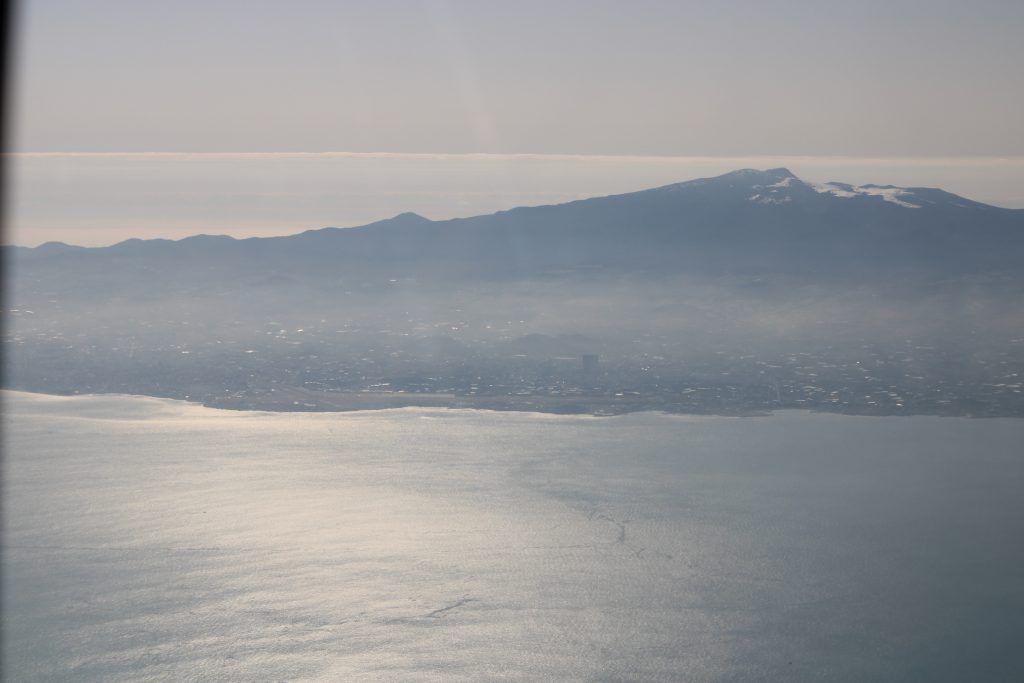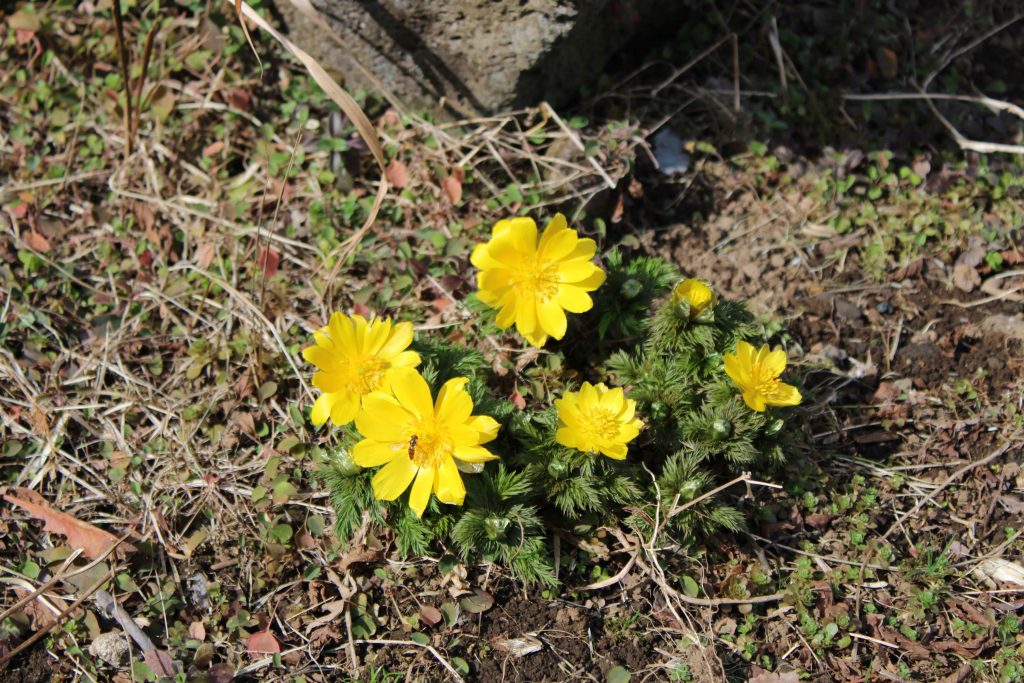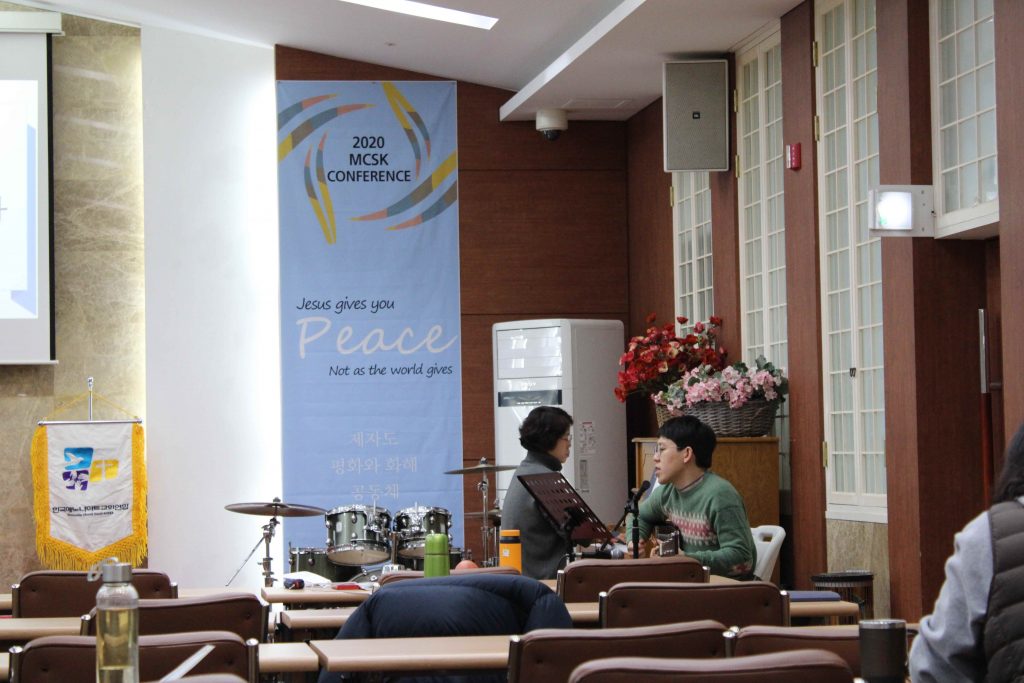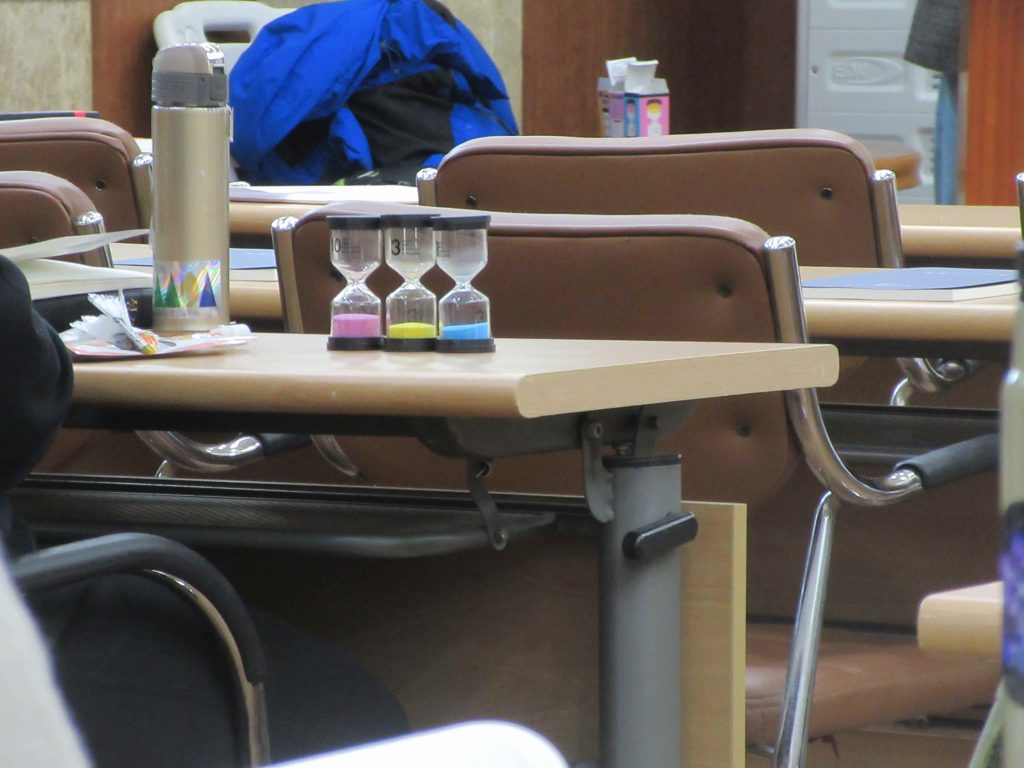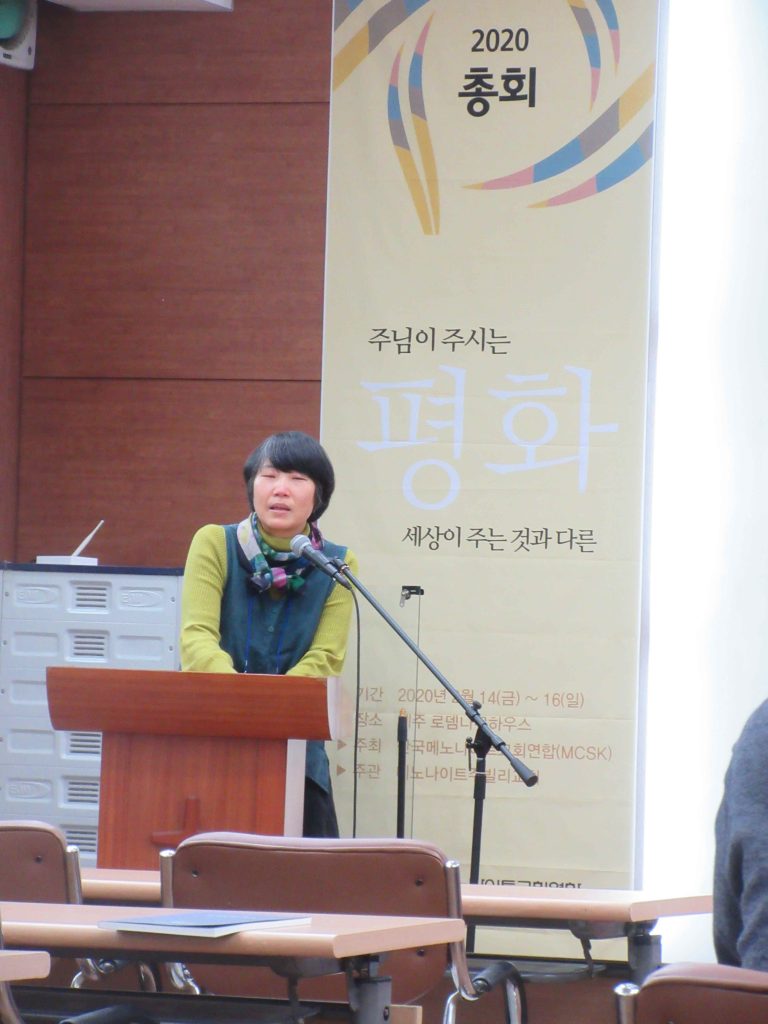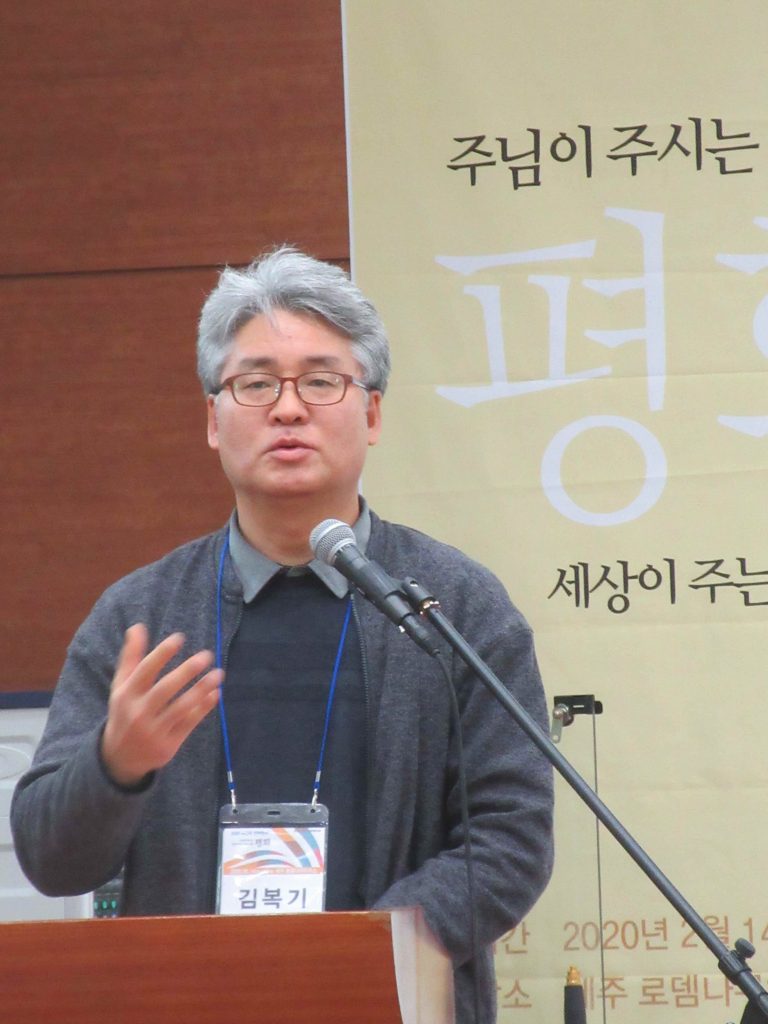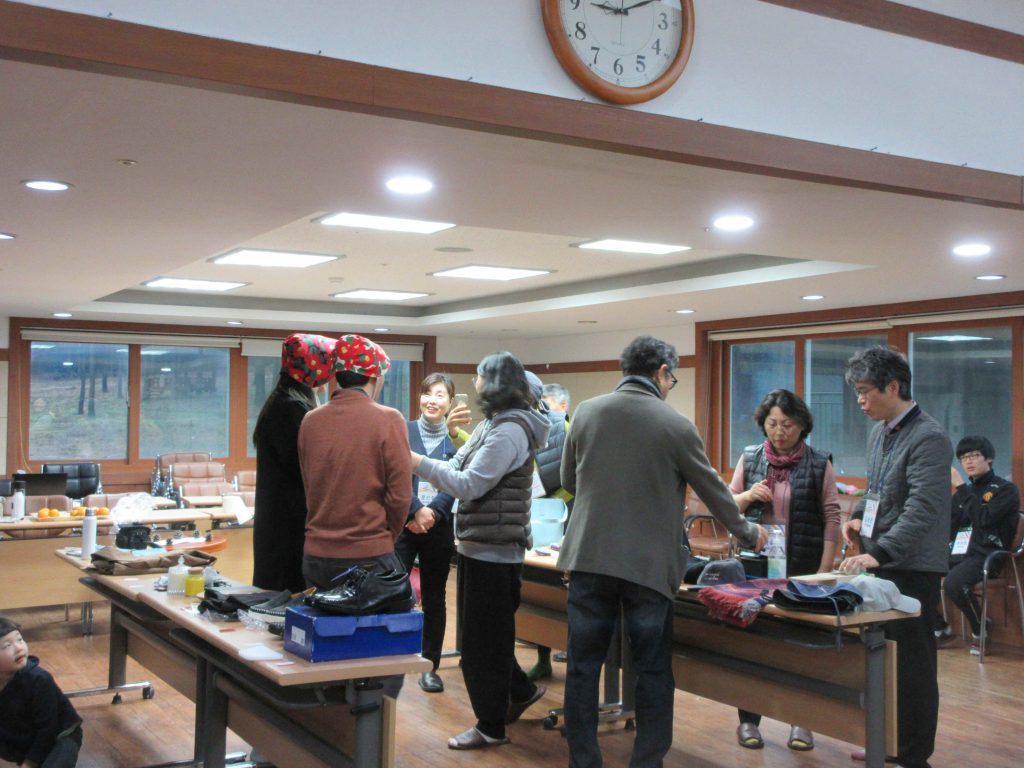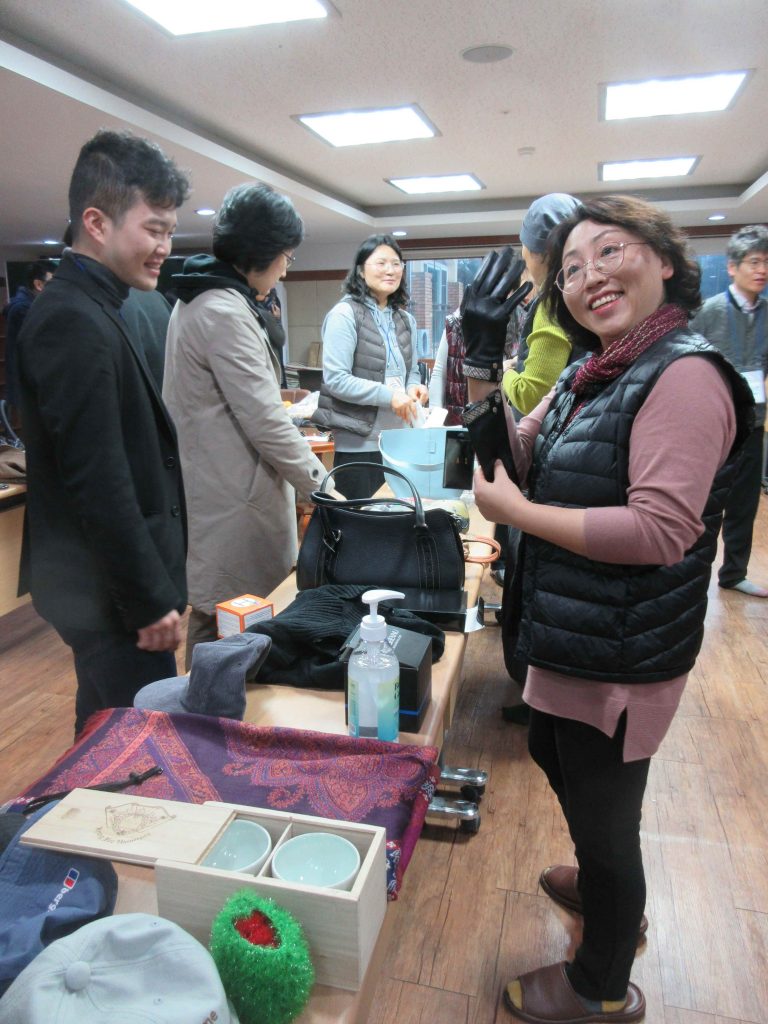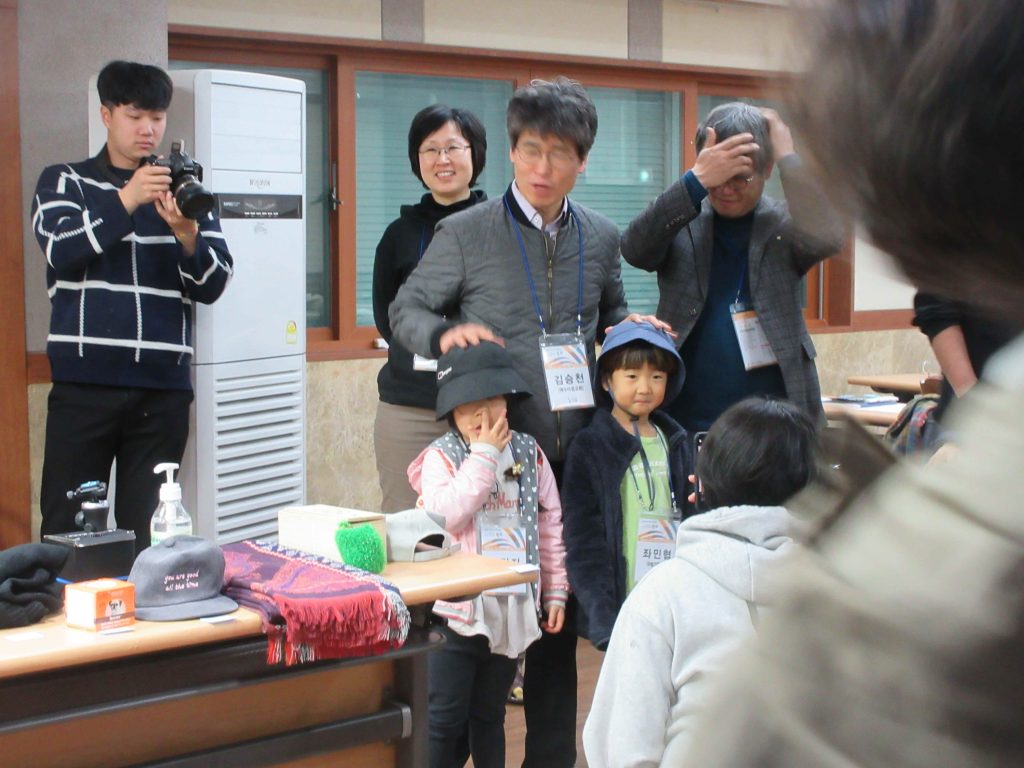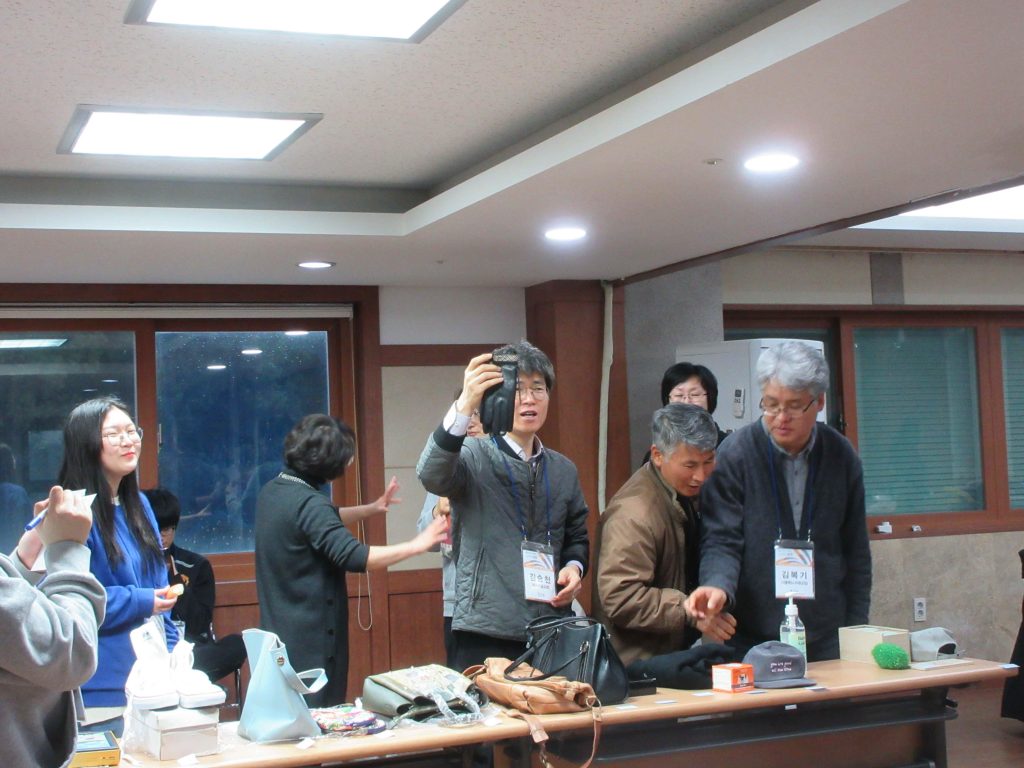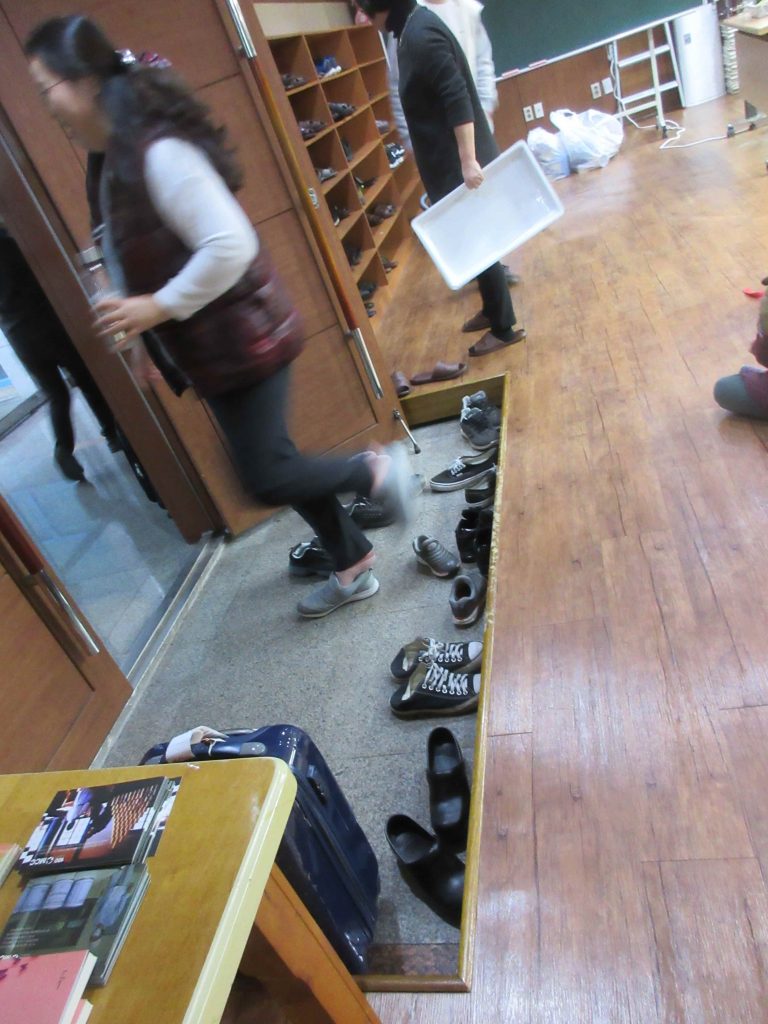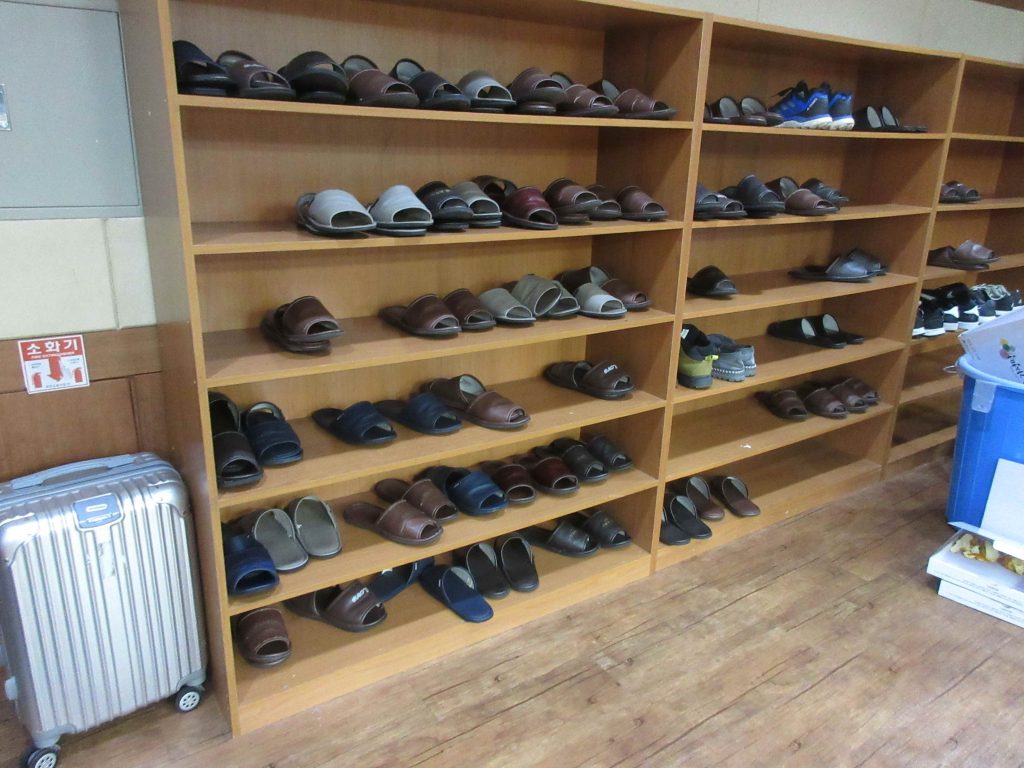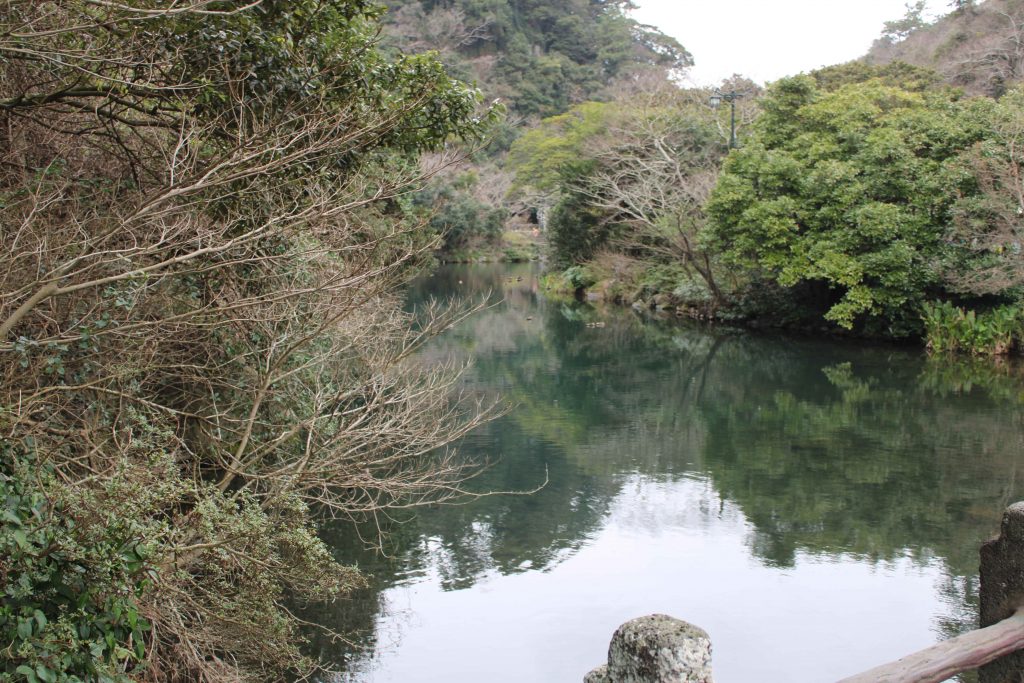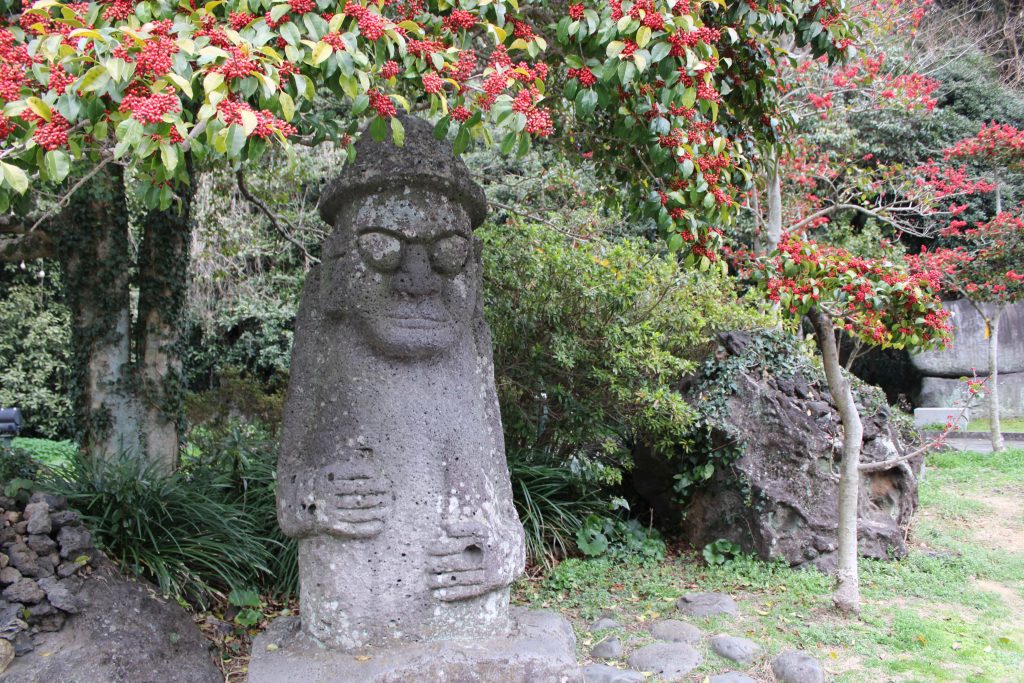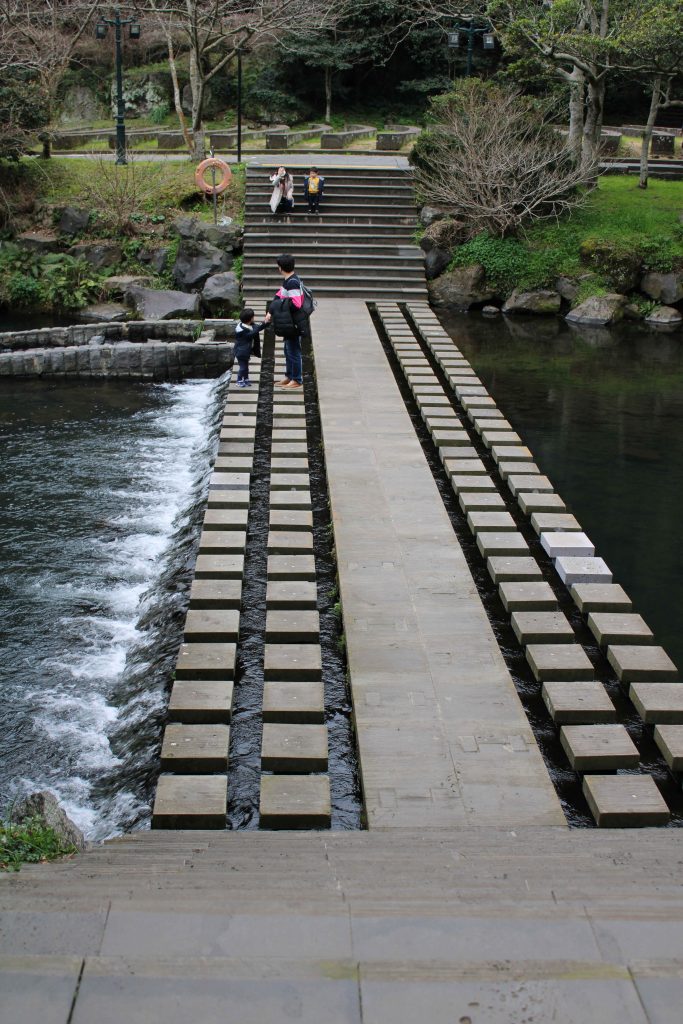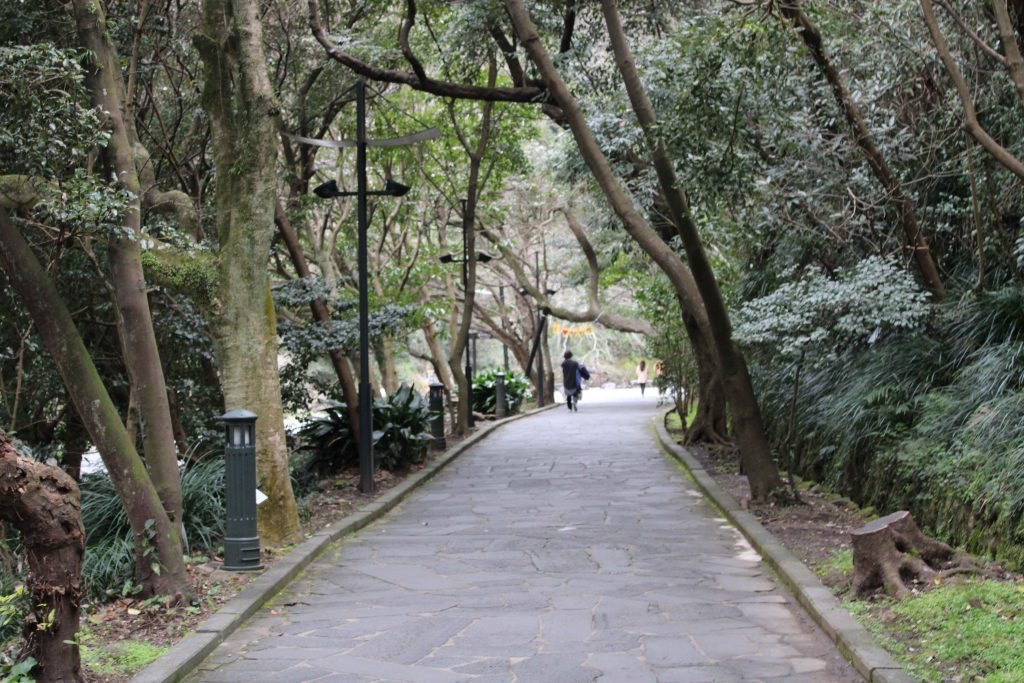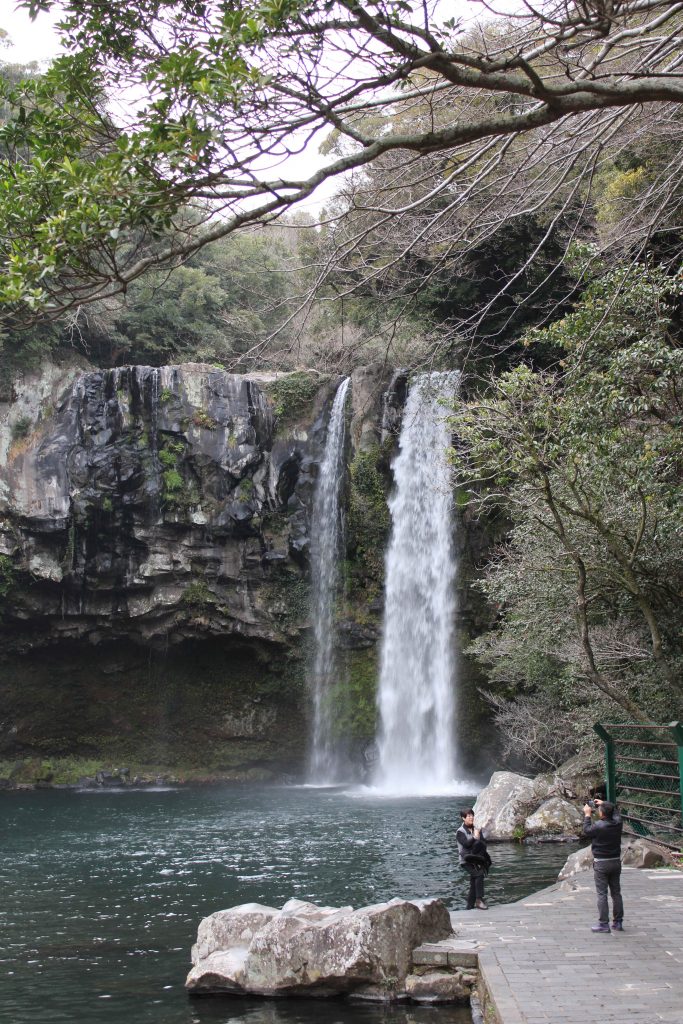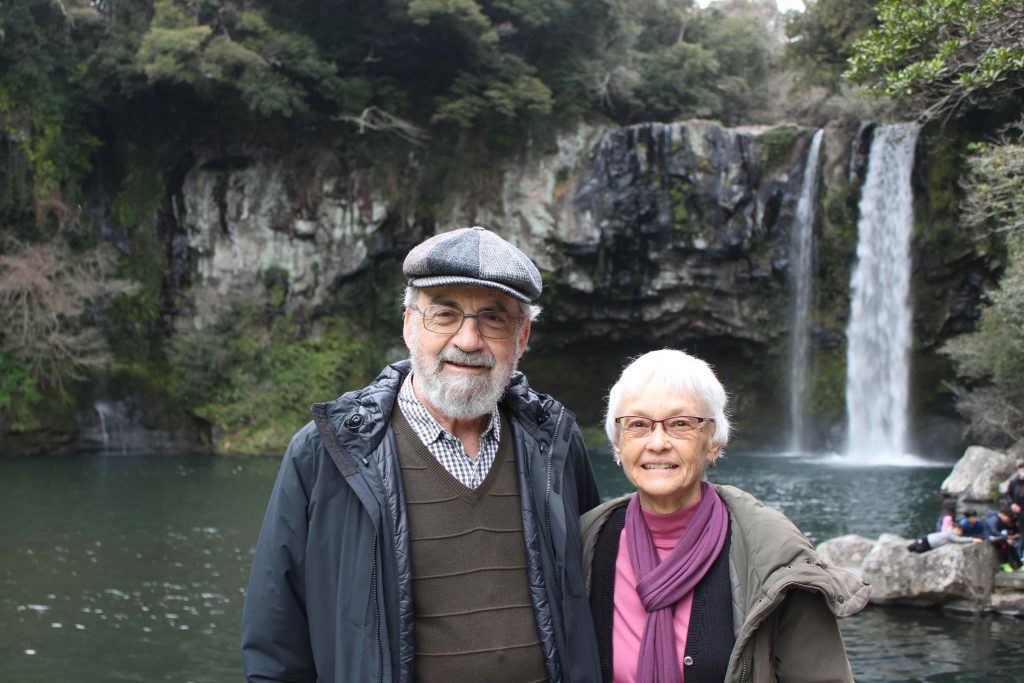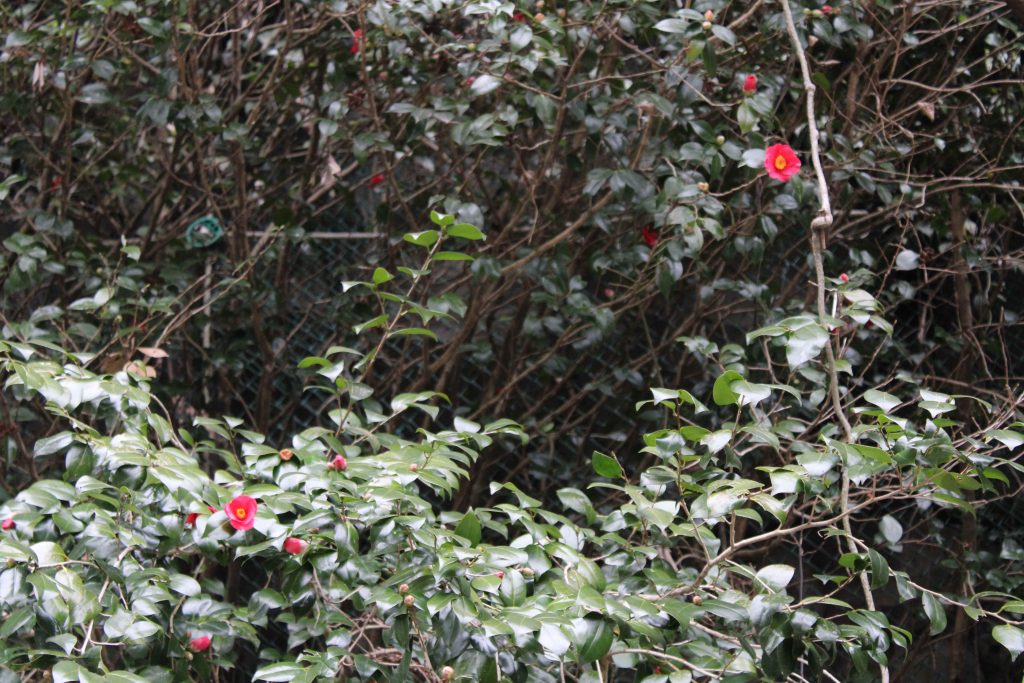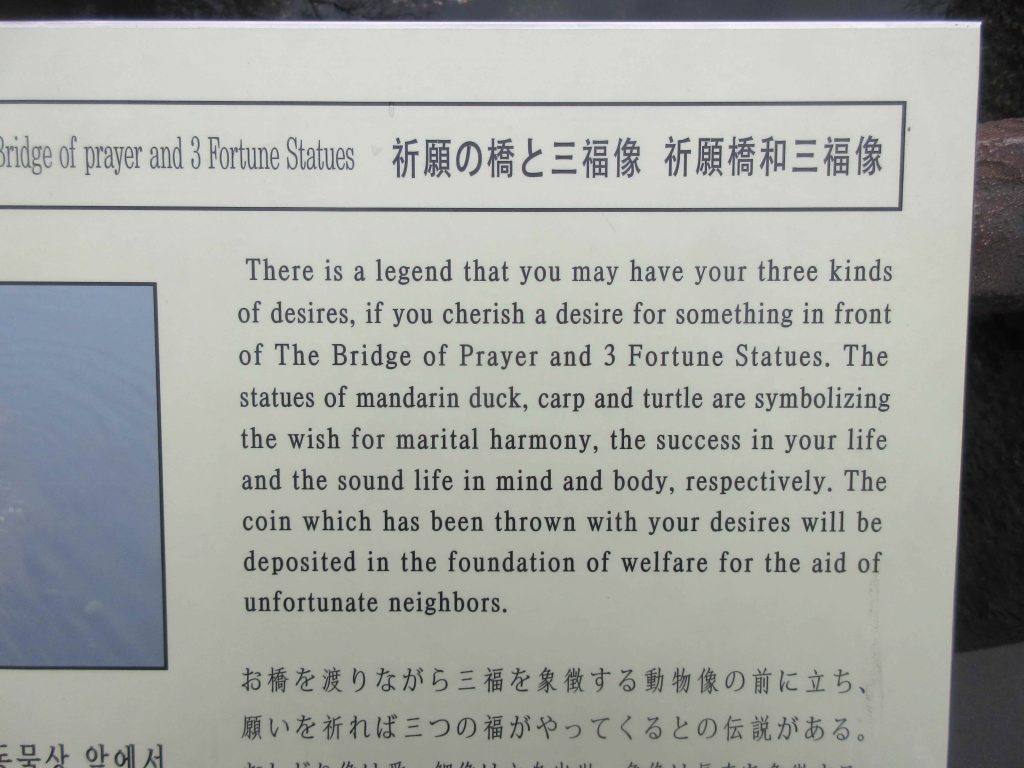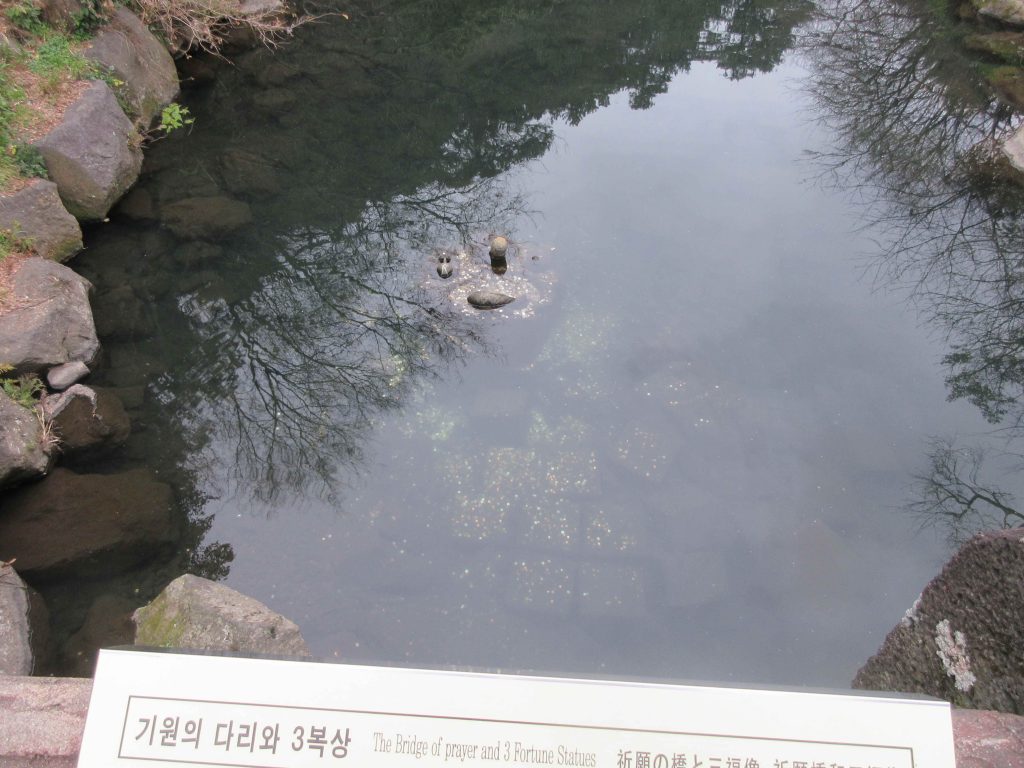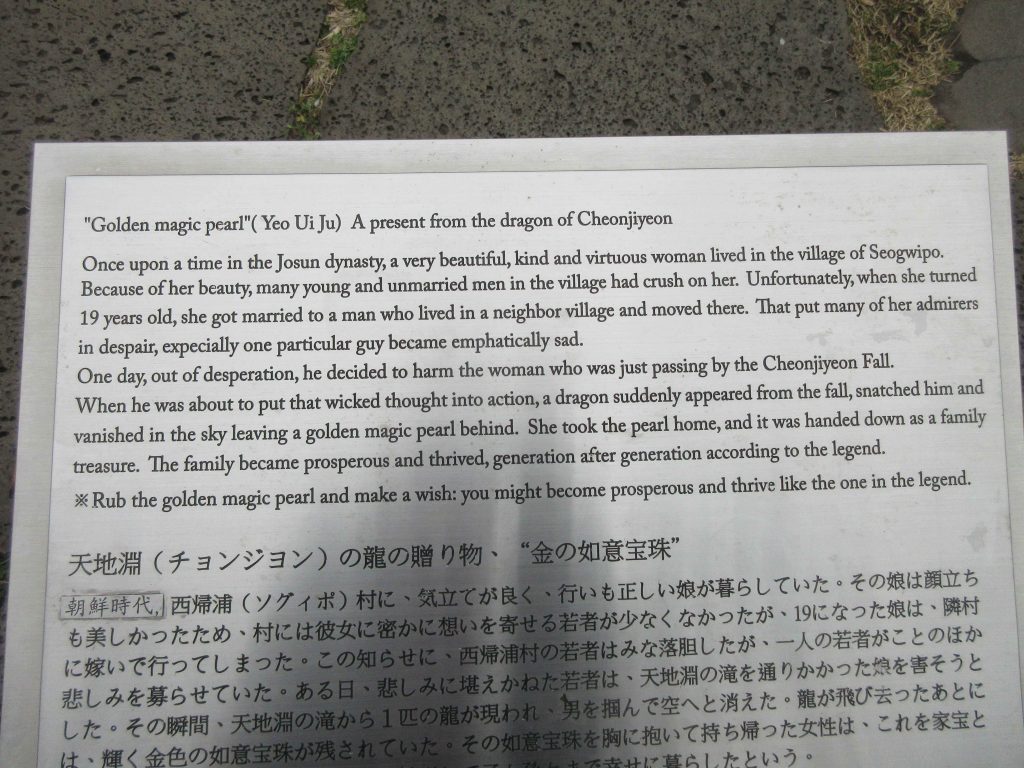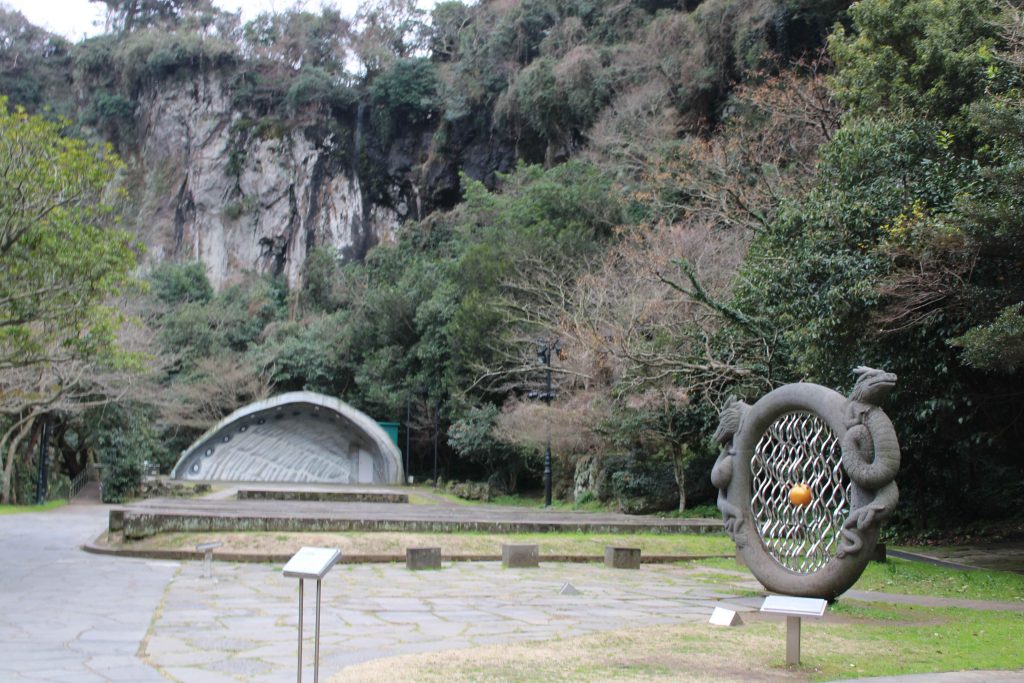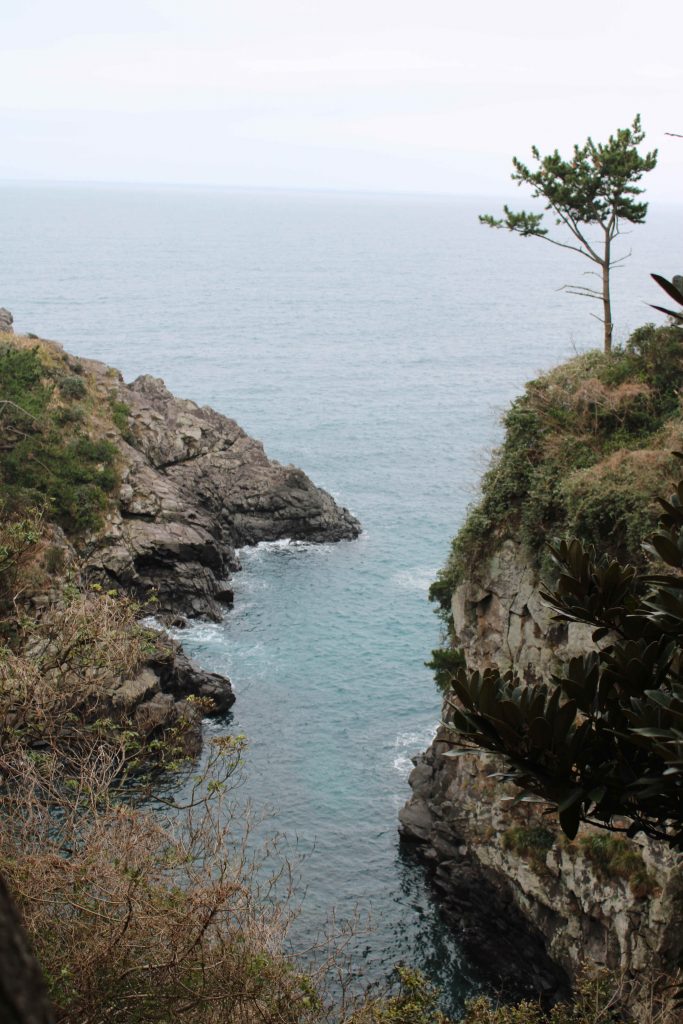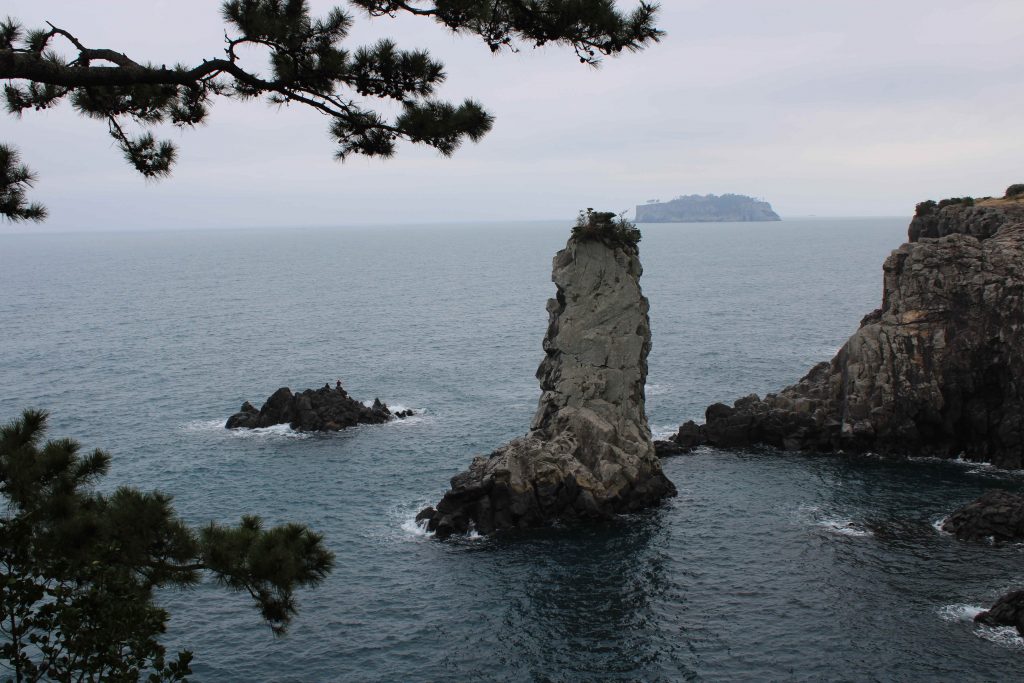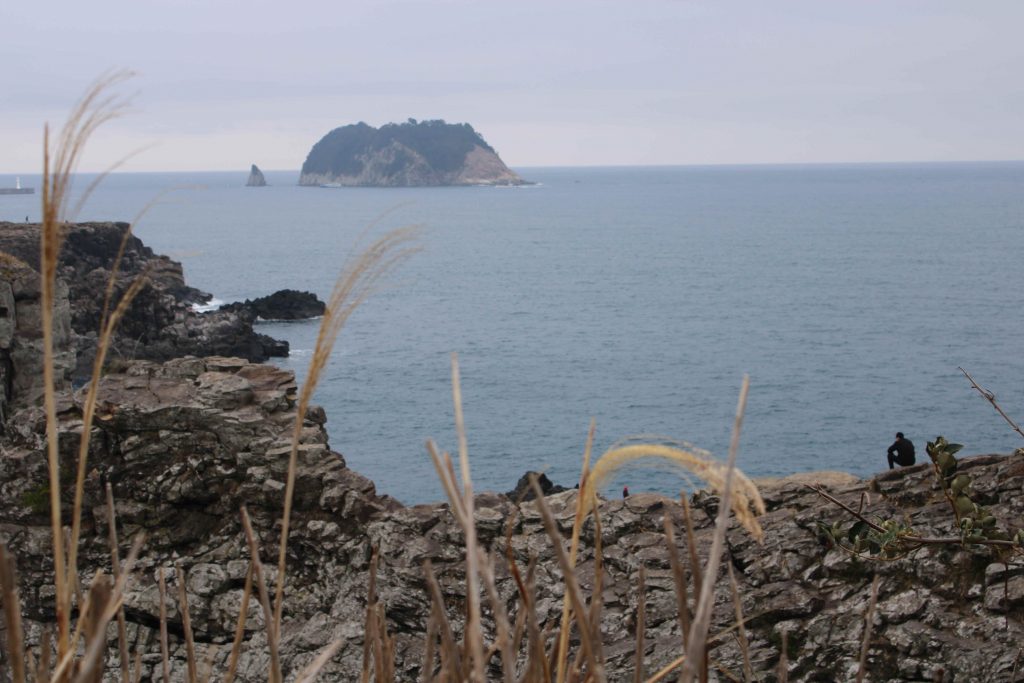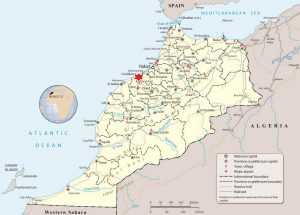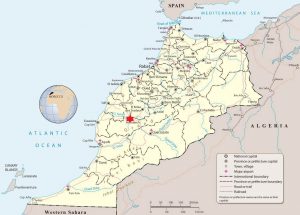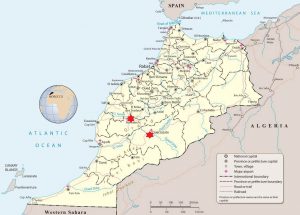Jeju Island
February 18th, 2020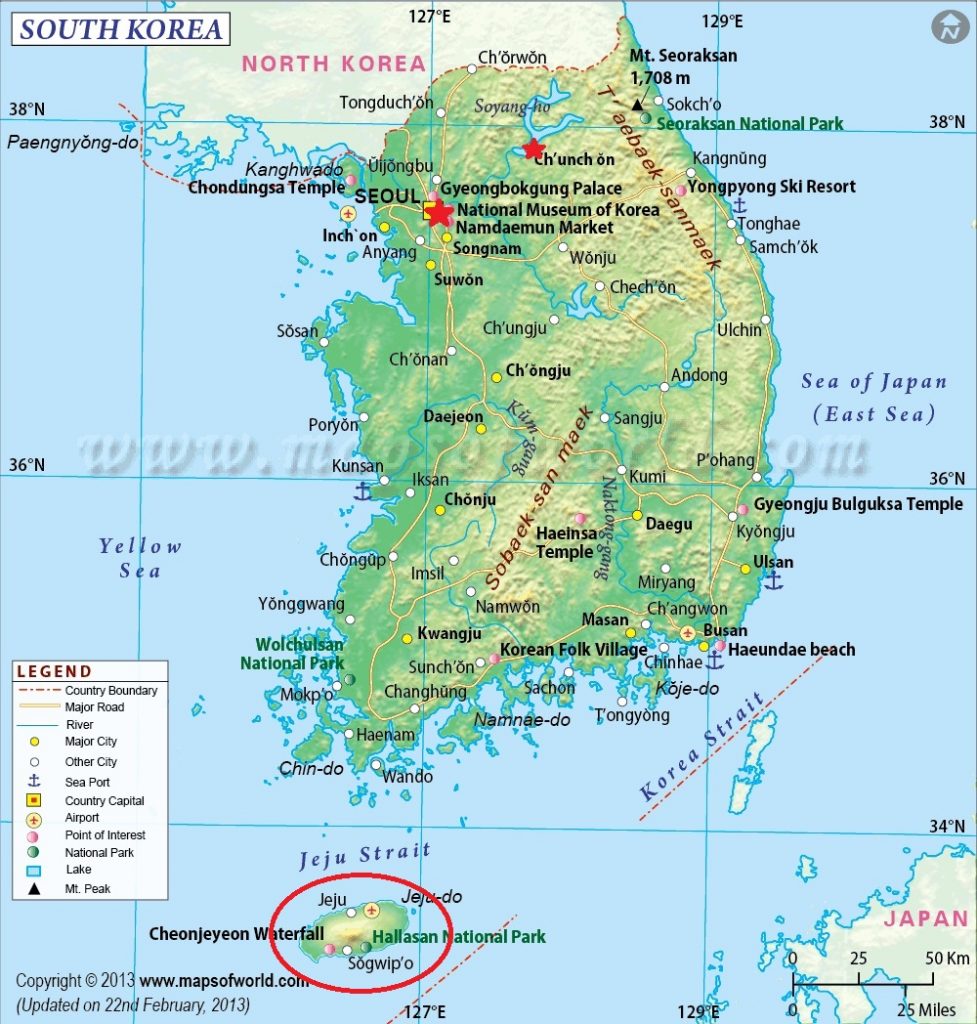
We spent last weekend on Jeju Island attending an MCSK (Mennonite Church South Korea) Conference. Two-hour bus ride to airport, one-hour air flight, and 45 min taxi drive to Myungsung Academy Center. Since the conference was all in Korean, we attended some of the meetings (with a translator) but also had time for a bit of sightseeing.
The Retreat Center is owned by Presbyterian Church and has nice grounds. Jeju Island itself is a lovely island. It has a warmer climate than Chuncheon but also has the highest mountain (volcanic-over 6,000 feet) in South Korea. There was snow on the mountain in the middle of the island and sandy or rocky beaches with palm trees along the coast!
There were several observations from the conference. This is a small conference with only 4 churches; the largest church is Jesus Heart Church with about 30 attendees. Since the conference is small and new, there are many decisions to make. How does a church join the conference? What are the requirements for ordination? Should there be a website? Each church described their activities during the year. Etc. etc. Most people were engaged and not afraid to speak out. During the business meeting there was some use of timers to limit a single person in speaking. Voting was by show of cards: blue (proceed), yellow (may need more discussion), red (no). On one vote there was a red card held. That person needed to explain her vote.
There were various reports given, including MCC. The women were enthused about a Sister Care event that was held in November. There was also a fair amount of singing. They use songs from the Mennonite hymnal; so we knew them. The last activity that we observed was an auction. They hold one each year to raise money – and to have fun.
Oh yes, and as is the custom here, we needed to take off our shoes whenever we entered the room. Slippers were provided. (This sometimes happens in restaurants also!)
The first afternoon after attending the opening session, we visited the Jeju 4.3 Peace Park by ourselves. “Jeju 4.3 Peace Park is a memorial park and museum … to commemorate the losses suffered during the Jeju uprising. The Peace Park opened on March 28, 2008 as part of reparations for victims based on the findings from the Jeju 4.3 Committee which was commissioned in 2000. The Jeju uprising was a series of incidents where 25,000 to 30,000 Jeju residents were killed as a result of clashes between armed civilians and military forces.” Wikipedia.
The Jeju uprising occurred from April 1948 to May 1949; it is a story in history that very few Americans (or most of the world) have heard about. In fact it was censored and repressed in South Korea for decades. It is notable for the violence and atrocities that occurred (10% of the residents were killed and more than 10% fled) were committed on both sides—residents (who opposed the division of Korea) and pro-South Korea government (including US military). Some say it really was the beginning of the Korean War.
“After World War II, Korea was divided between an American-backed government in the South and a Soviet-backed one in the North. Starting in the spring of 1947, a group of Jeju islanders rose up against police brutality and called for a unified Korean government. The police and soldiers, joined by a right-wing paramilitary group from the mainland, responded with an extermination campaign, branding the insurgents as Communist agitators. The rebels fought back, raiding police stations, but vastly outnumbered and outgunned, the peasant army was eventually crushed. The 1948 U.S. military occupation of Korea supported plans for the systematic killing of what was named as a ‘Red Island’ population that needed to be violently suppressed, regardless of who was killed.” (New York Times article published in May 2019)
It was a disturbing but beautiful place to visit. We watched a short video, had a 45-minute tour in English, and spent another hour touring the memorial hall again. We then spent an hour walking through the gardens. The nettle tree* is considered sacred, representing the communal reunion and consolation of the suffering. The symbol of April 3 is the camellia*, a flower that represents the Jeju residents who fell silently to the cold earth like red petals on that day.
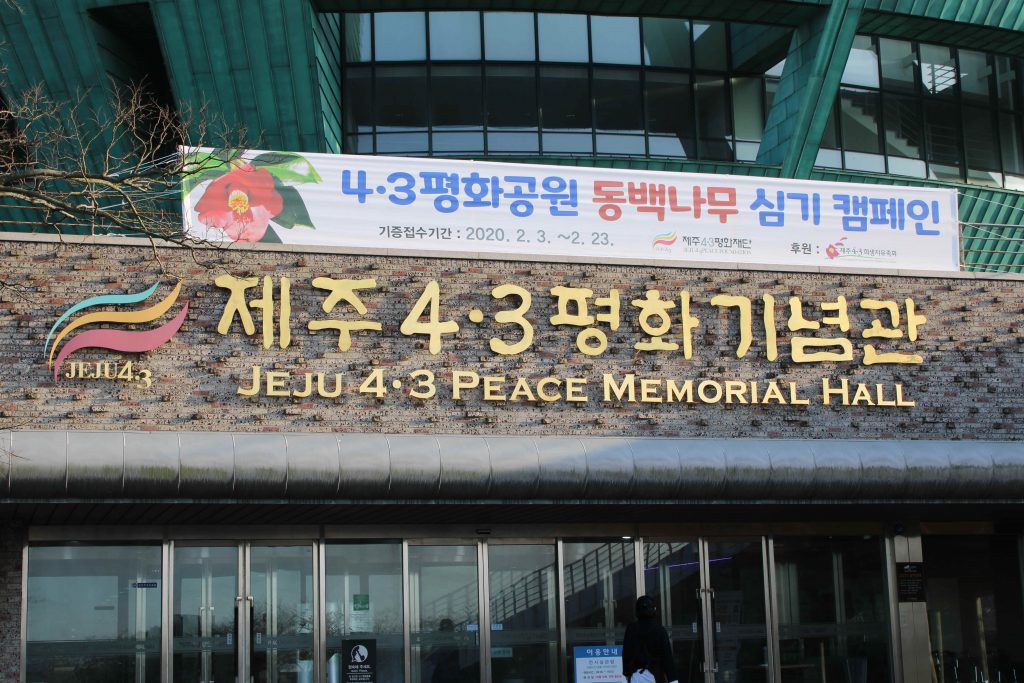
4.3 Peace Memorial Hall 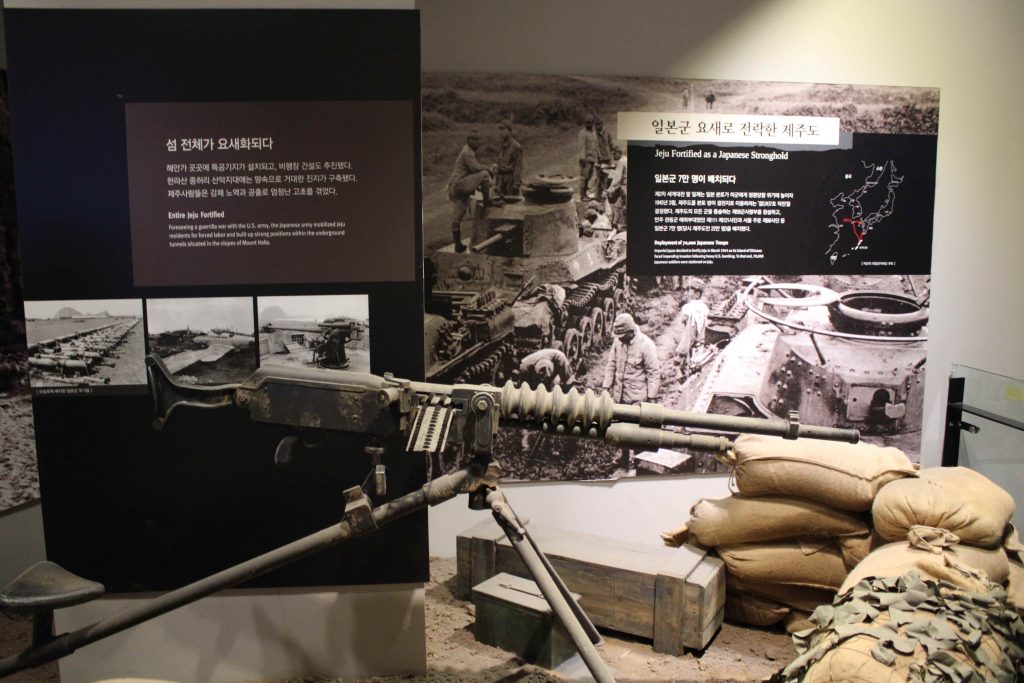
fortified Japanese stronghold 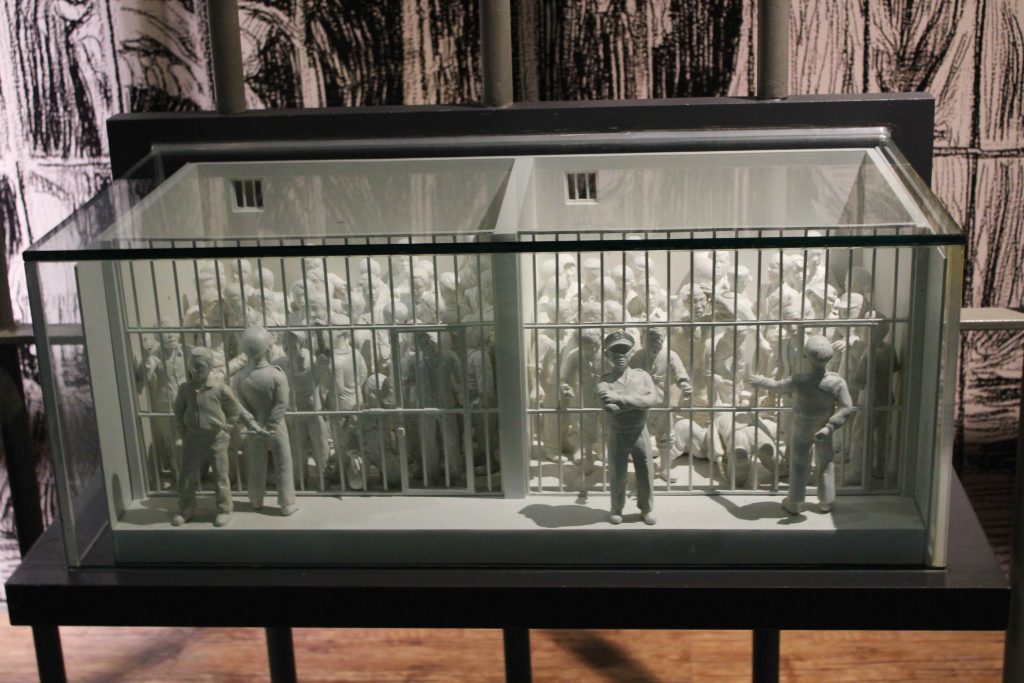
imprisonment of residents 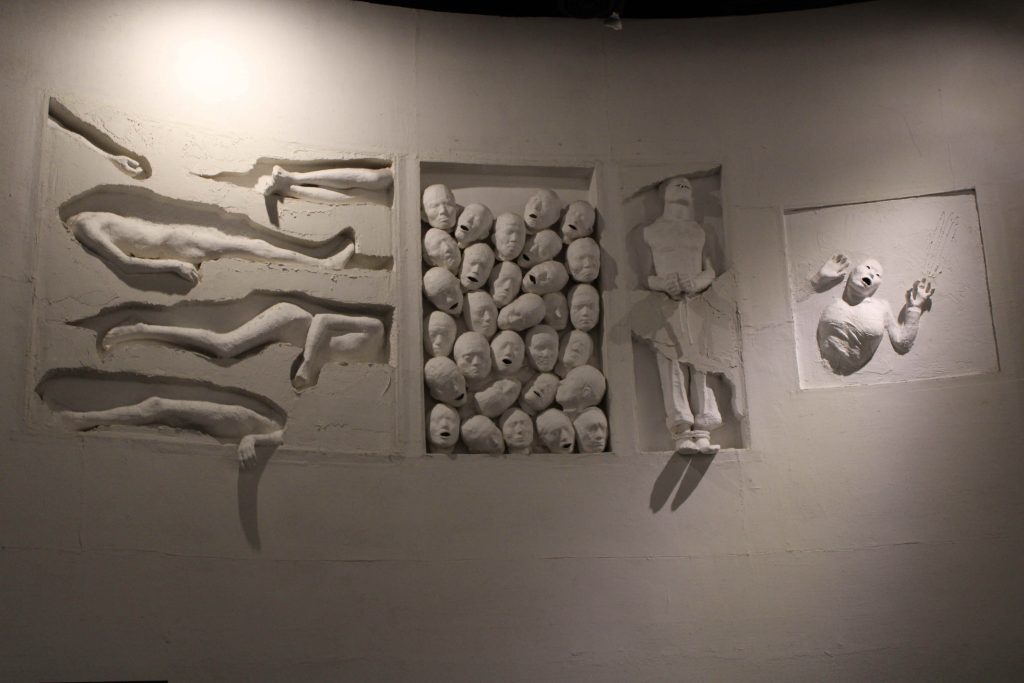
remembering the atrocities 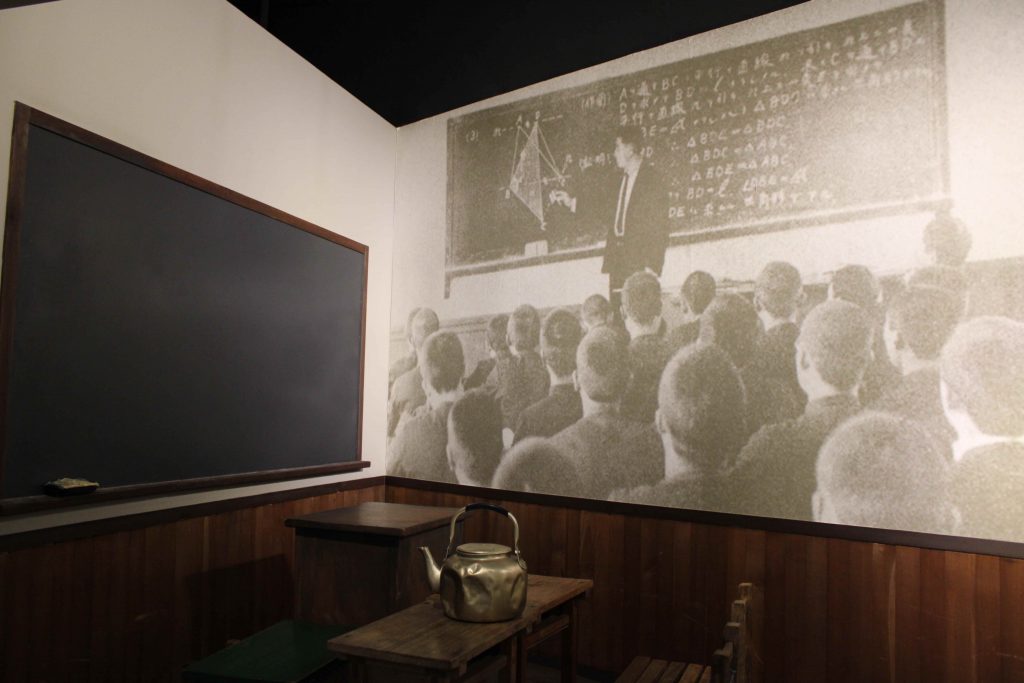
education was important 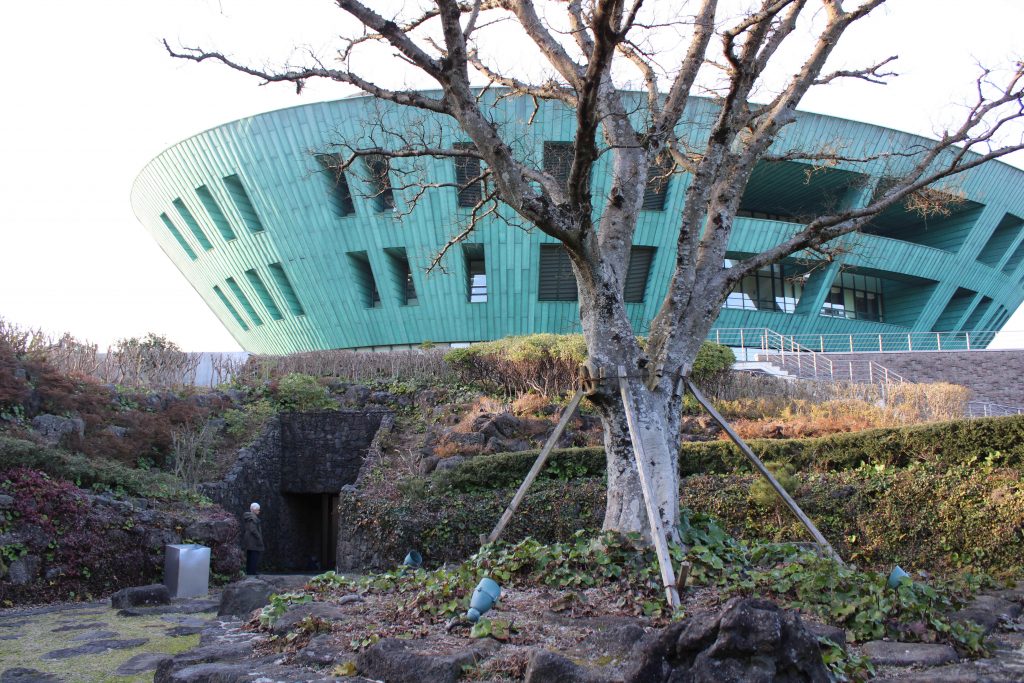
nettle tree* 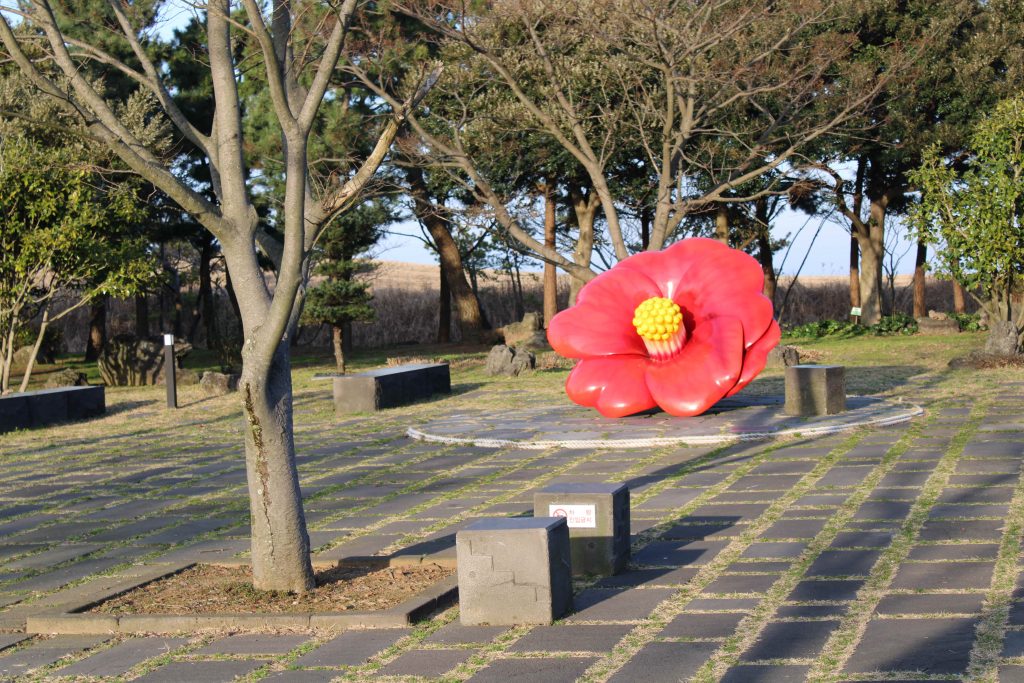
symbol of 4.3 events* 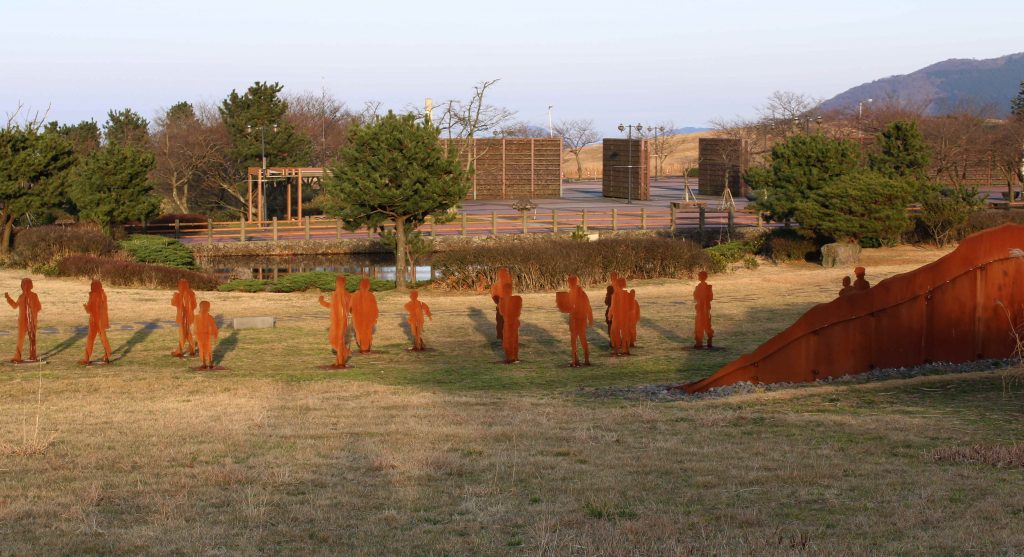
memory of those leaving 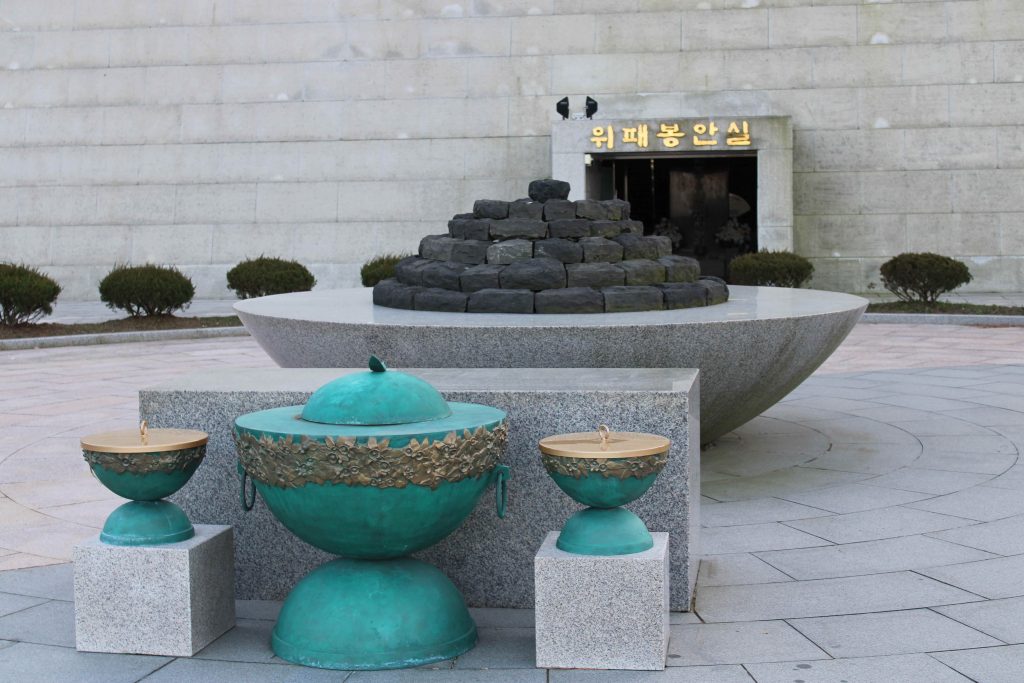
symbol of “Eternal Flame” 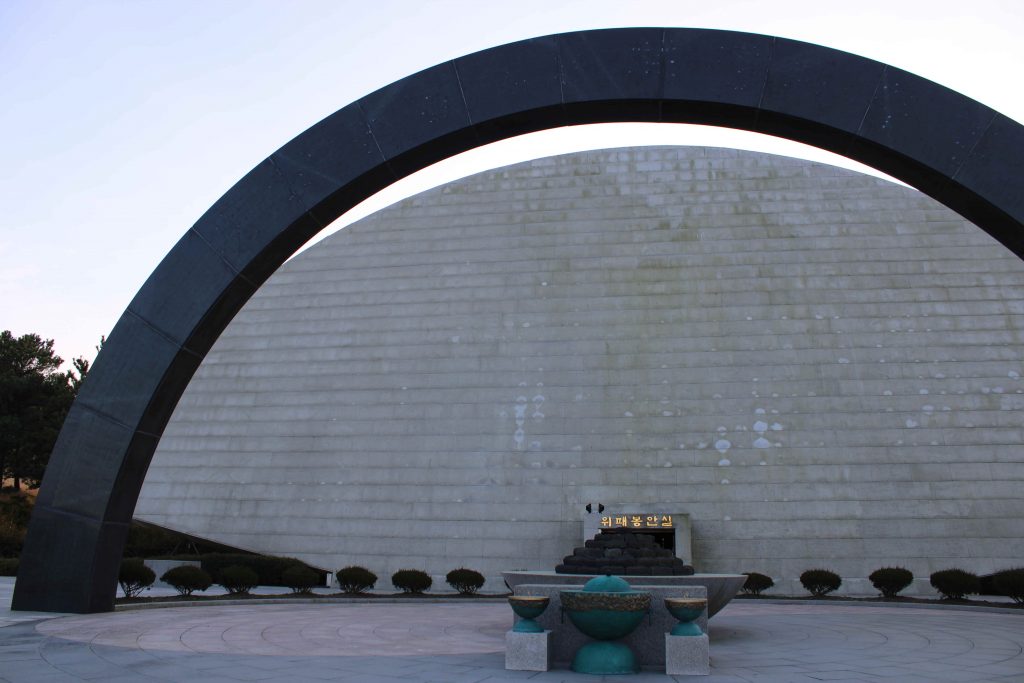
Memorial Altar 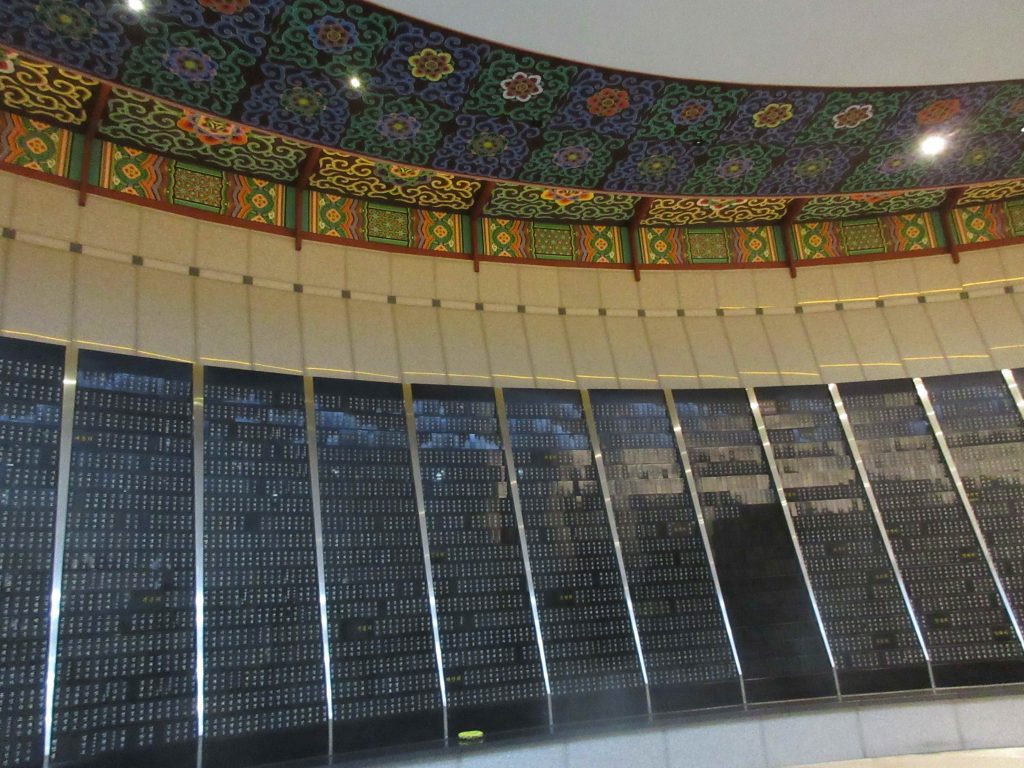
wall of 14,000 names 
view of grounds 
portion of Berlin Wall 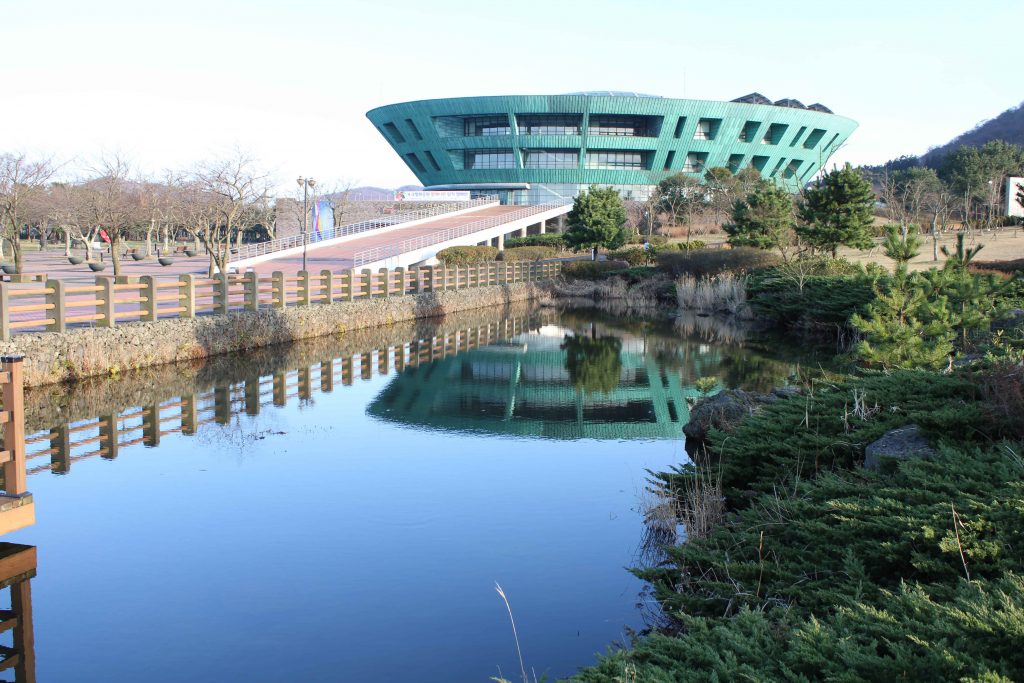
reflection 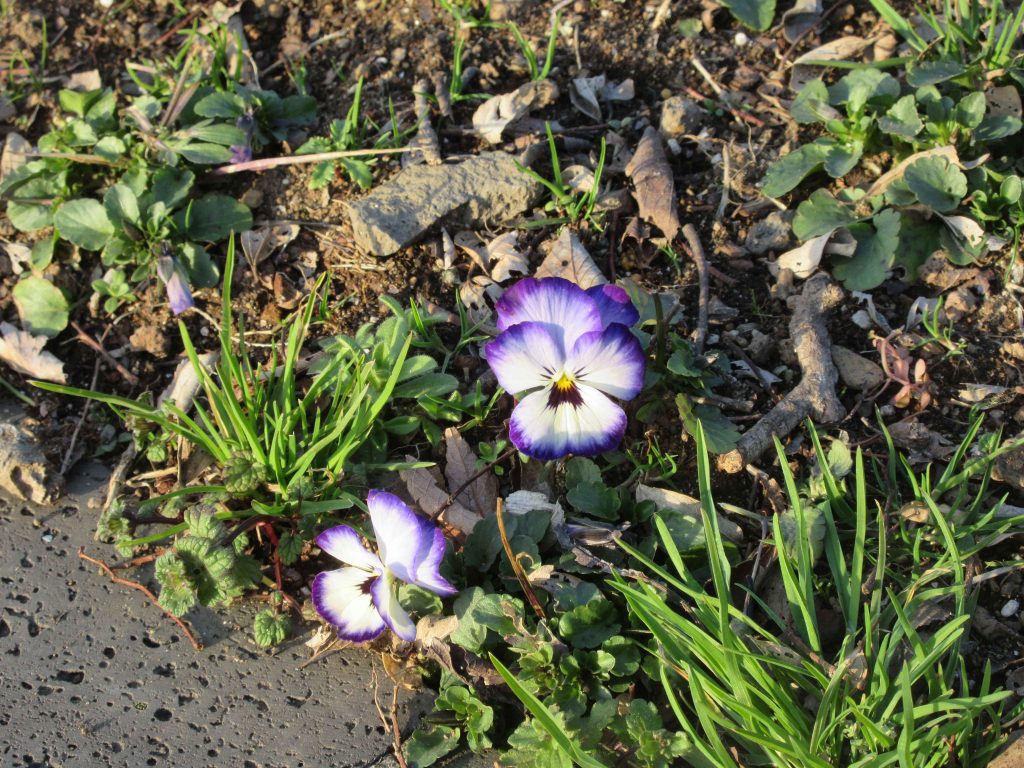
beauty among horrific memories
Our second afternoon was spent in happier spots. We visited Cheonjiyeon Waterfall – 72 feet tall. We walked along a landscaped trail with many subtropical plants. There were a number of signs explaining the fauna and relating Korean legends. Here we saw several “stone grandfather” which are large black volcanic rock statues up to 3 feet tall found on Jeju Island. They are considered to be gods offering both protection and fertility and were placed outside of gates for protection against demons traveling between realities. “The statues’ faces feature grinning expressions, bulging eyes without pupils, a long, broad nose, and slight smile, and their hands rest on their bellies, one slightly above the other. In sets of two, one has a higher left hand, and the other a higher right hand.” Wikipedia.
We then stopped to see Oedolgae rock (about 65 ft tall) and walk along the cliffs. Oedolgae (“lonely”) is carved by wave erosion and is called a sea stack. At the peak of the stack, there are pine trees that are regenerating.
Legend: There is a legend that says that the rock is actually a grandmother who transformed into a rock after waiting for a grandfather to return from fishing, and so it is also called Grandma Rock. At the top of the rock, grass grows like human hair, and to the left you may see something that resembles facial features, including something that is shaped exactly like the grandmother who kept on calling out to the grandfather. Right underneath Oedolgae Rock there is a rock that looks as if it is floating on the water. According to legend, this rock is the grandfather, who died and was transformed into a rock. Behind the rock there is Seonnyeo Rock, which translates to Angel Rock and looks as if it is hugging the old couple.
Another legend: According to a different legend, at the end of the Goryeo Dynasty when General Choi Young fought against the people of Mokho, who had conquered Jeju Island at the time, Bumsum Island right behind Oedolgae Rock was the place of the last battle. As part of his military strategy, General Choi dressed Oedolgae Rock to look like an enormous soldier. Upon seeing the rock from a distance, the people of Mokho mistook the rock to be the general, concluded that they had completely lost the battle, and killed themselves. Therefore, this rock is also referred to as General Rock.

